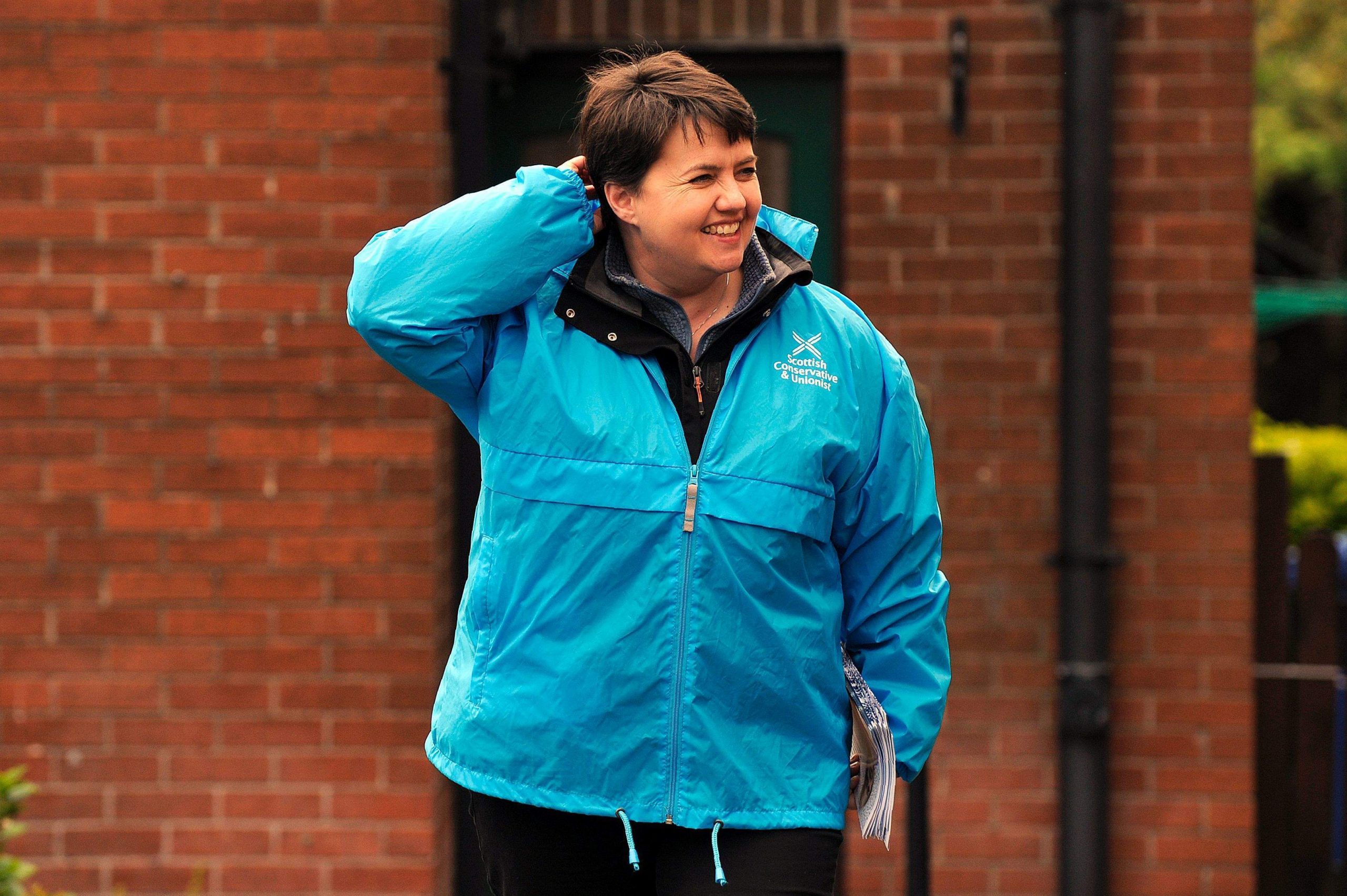
On June 9, even the victors will look like losers. The horror show of the past few weeks has exposed worrying weaknesses in the judgment and character of Theresa May (a reason to be glad the election was called – it’s better to know), and it seems likely her majority will fall short of the landslide so recently and widely predicted. If there is little doubt Mrs May will be returned to Downing Street, she will do so with her authority in her party diminished rather than enhanced, and will be watched nervously by a newly sceptical public. Those Tory sharks, never far from the scene, will move closer, scouting for blood.
In Scotland, Nicola Sturgeon’s SNP will retain the majority of its seats – at the last election it won 56 out of a possible 59 – but it will lose at least a handful, and its vote share could drop sharply. Its Westminster leader, Angus Robertson, and its former leader, Alex Salmond, are both at risk of defenestration. The inevitable judgment will be that the Nats, while still on top, have begun what could turn out to be a quite sudden and dizzying descent.
What of Jeremy Corbyn? Well, restricting May’s majority would be a triumph of sorts; equalling or bettering Ed Miliband’s vote share would be taken as evidence there is more appetite in the country for a socialist resettlement than most would have realised. But such a result would of course mean that Corbyn stays on – or has the authority to hand over to an acolyte – thus ensuring Labour remains wholly unelectable for many years yet. As for the Lib Dems, we might as well ink an L on to Tim Farron’s forehead and be done with it.
In contrast, there will be one loser who will look like a winner. Ruth Davidson is going to have a good election, again. Her Scottish Conservatives expect to win between six and 12 seats (though, given the electoral maths, it could be as low as four). For a party that has been flatlining in Westminster polls since 1997, this would be a remarkable achievement. What is certain is that their share of the vote will rise sharply, setting them up nicely for the next Holyrood election in 2021, which is partly elected under proportional representation. The party already forms the opposition in Edinburgh – at that point, with the psychological barrier to voting Tory removed for many Scots, who knows what could happen?
Davidson’s demonstrable success and her obvious personal qualities point to a big future. I have lost count of the number of conversations I’ve had with Westminster politicians, civil servants and eminent academics in which they’ve quizzed me about her and then delivered a verdict along the lines of: ‘she’s clearly the real deal. If the Tories had any sense she’d be their next leader.’
Where is the ceiling for this most unusual of Conservatives? Is there one? I asked David Cameron this very question during the 2015 general election. His beaming response was that “she makes my heart sing”: “I never put a limit on her abilities and ambitions. She has got what it takes in politics. She’s got oomph, she’s got spirit, she’s got brains.”
Davidson’s strengths – she shares a number of them with the equally impressive Nicola Sturgeon – stand in stark contrast to what we’ve seen from the PM in this campaign. Where May is jumpy in public, Davidson is charming and at ease with the voters. She is a Martini politician – she will debate anyone, any time, any place, anywhere (she tore into Boris Johnson live at Wembley during the EU referendum). She believes in a genuine, non-triangulated One Nation Conservatism, with a focus on the least well-off, rigorous reform of state education, and a sensibly pragmatic approach to taxation and the public services. She is funny and brave, and a bit sweary. She can do Twitter.
And she is 38 and ambitious. Just how ambitious remains to be seen. She has never worked in London and has seen her horizons widen quickly in the past few years.
One friend says: “She keeps getting presented with new scenarios. First, it was that she could go to Westminster, then it was that she could end up in the Cabinet, and now it’s that she could even be PM. Ruth doesn’t get ahead of herself – she’s absolutely focused on re-establishing the long-term credibility of the Scottish Tories, but who knows what might happen in the long run?”
In 2021, at the next Holyrood election, Davidson will be 42. In 2022, at the next general election, when the Scottish Tories might expect to pick up yet more seats, she will be 43, with more than a decade’s experience of running a party, fighting campaigns and building momentum. That, I suspect, will be the moment she takes a long, hard look at the Westminster competition – on both sides of the House – and makes the leap. Who knows where she’ll land?






